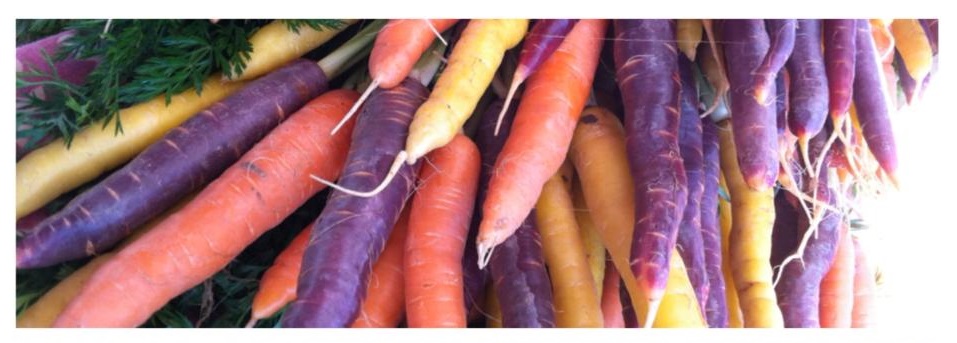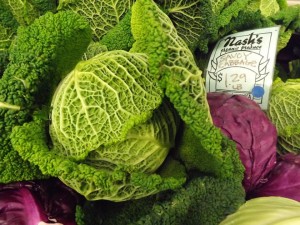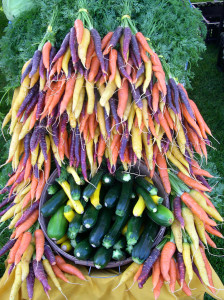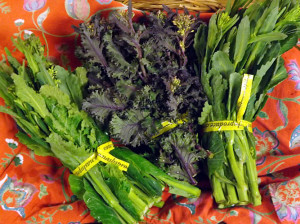 Colorful carrots are not new. Purple and yellow carrots were grown in Afghanistan about 1,000 years ago, but for some reason, as carrots migrated into Europe, orange carrots were preferred, probably because they are more cold-tolerant. In the last 50 years, plant breeders have sought to bring the old varieties back.
Colorful carrots are not new. Purple and yellow carrots were grown in Afghanistan about 1,000 years ago, but for some reason, as carrots migrated into Europe, orange carrots were preferred, probably because they are more cold-tolerant. In the last 50 years, plant breeders have sought to bring the old varieties back.
Lots of color in produce indicates lots of phytochemicals. The more color you add to your diet, the healthier it is for you. Phytochemicals are compounds found naturally in plants that have only recently been studied in any depth. They are not considered “essential nutrients,” but appear to have effects on many human diseases. There are thousands of phytochemicals, affecting plant characteristics like color, taste and ability to resist diseases or pests. They have many highly complex sounding names that only a scientist could pronounce!
The phytonutrients in these carrots help your body maintain good health. Orange indicates the presence of carotenes which promote healthy eyes. Purple have carotenes plus anthocyanin which help prevent heart disease. Red carrots contain lycopene, just like tomatoes, and they are linked to lower risk of cancers. Yellow have xanthophykks and lutein, both of which help prevent cancer as well.
These carrots are also delightful to the eye! Shred them in salads and slaws, steam them, or dip them raw in hummus or other veggie dip. They can be used any way an orange carrot can, but keep in mind some of them, like the yellow or white carrots, are a little milder in flavor.
Have you tried this recipe? Tell us how it turned out!

 O beautiful, tasty carrot! Nash’s is renowned for our sweet, crisp, flavorful carrots. Enjoy them raw, or try out a few carrot recipes.
O beautiful, tasty carrot! Nash’s is renowned for our sweet, crisp, flavorful carrots. Enjoy them raw, or try out a few carrot recipes.





